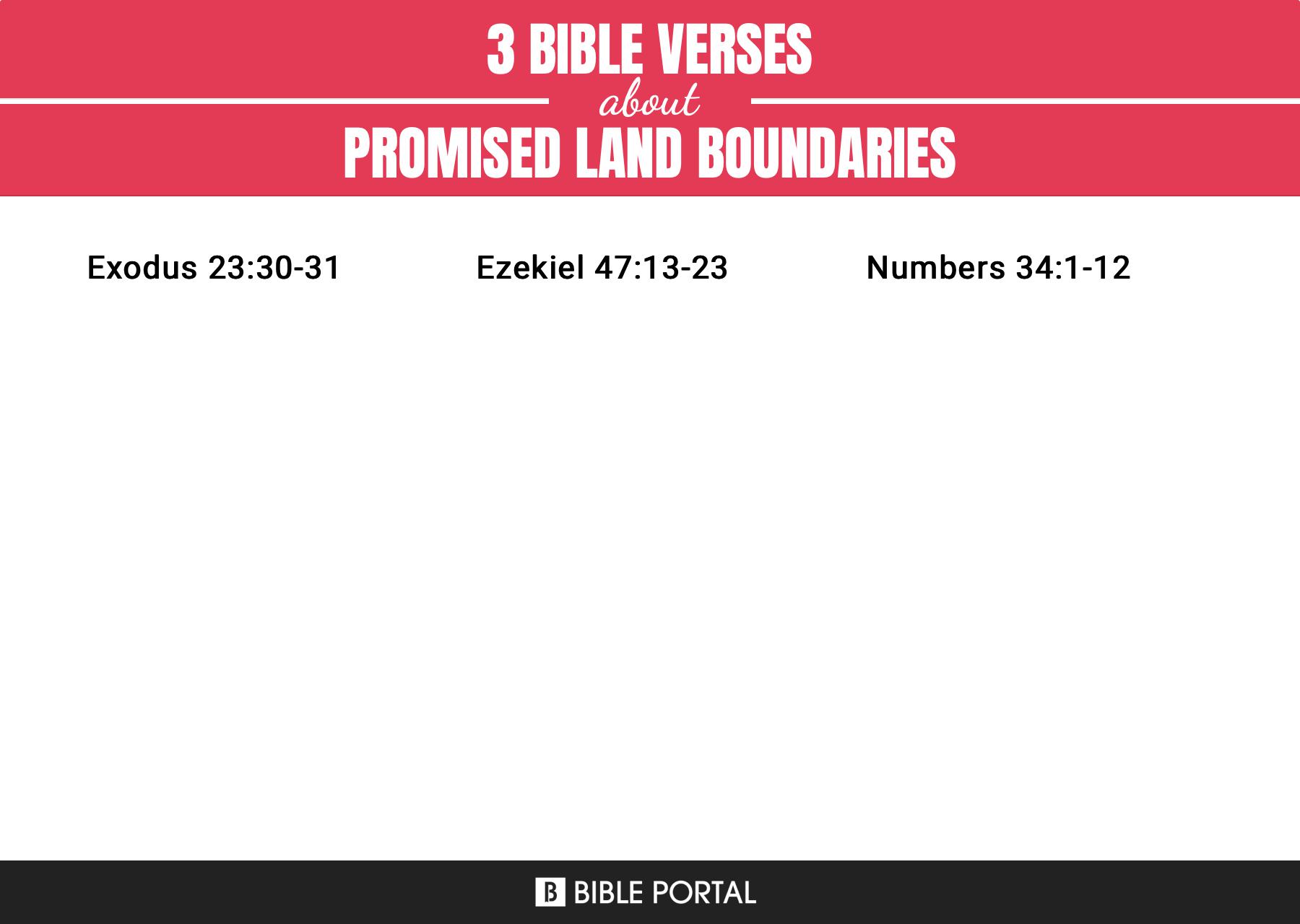Example of Relic Boundary Explained: Uncover Ancient Borders

Exploring the concept of a relic boundary offers a fascinating glimpse into the ancient world, where borders were not just lines on a map but markers of cultural, political, and historical significance. These boundaries, often preserved through archaeological discoveries, tell stories of empires, trade routes, and civilizations long past. Understanding relic boundaries can enrich our knowledge of history and geography, making it a compelling topic for both enthusiasts and scholars alike. Whether you're seeking informative insights or looking to purchase related artifacts, this guide will walk you through everything you need to know about relic boundaries.
What is a Relic Boundary? A Historical Overview

A relic boundary refers to an ancient border that has been preserved through time, often marked by physical remnants like stone walls, earthworks, or inscriptions. These boundaries were established by past civilizations to define territories, control resources, or signify cultural divisions. Examples include the Hadrian’s Wall in the Roman Empire and the Great Wall of China, both of which serve as iconic relic boundaries today. By studying these structures, historians and archaeologists uncover valuable information about the societies that created them.
Key Features of Relic Boundaries
- Physical Markers: Walls, ditches, or stone pillars.
- Cultural Significance: Often tied to religious or political beliefs.
- Historical Context: Reflects the power dynamics of the time.
How to Identify and Explore Relic Boundaries

Identifying relic boundaries requires a keen eye for historical detail and an understanding of archaeological methods. Here’s a step-by-step guide to help you uncover these ancient borders:
Step 1: Research Historical Records
Start by studying ancient texts, maps, and historical accounts that mention borders or territorial divisions. Libraries, online archives, and academic journals are excellent resources for this purpose. For commercial-intent visitors, consider investing in historical atlases or archaeological guides to deepen your understanding.
Step 2: Visit Archaeological Sites
Many relic boundaries are located at well-known archaeological sites. Plan a visit to places like Hadrian’s Wall in England or the Groma Boundary Stones in Rome. For those unable to travel, virtual tours and 3D reconstructions offer an immersive experience.
📌 Note: Always check site accessibility and preservation guidelines before visiting.
Step 3: Use Modern Technology
Tools like GPS, LiDAR, and ground-penetrating radar can help locate hidden or buried boundaries. These technologies are particularly useful for researchers and enthusiasts looking to make new discoveries. For commercial purposes, consider purchasing archaeological equipment or subscribing to digital mapping services.
Famous Examples of Relic Boundaries

To better understand relic boundaries, let’s explore some famous examples:
| Boundary Name | Location | Historical Period |
|---|---|---|
| Hadrian’s Wall | England | Roman Empire (2nd century AD) |
| Great Wall of China | China | Various dynasties (7th century BC – 17th century AD) |
| Offa’s Dyke | Wales/England | Early Medieval (8th century AD) |

Relic boundaries are more than just historical markers; they are windows into the past, offering insights into the lives and struggles of ancient civilizations. Whether you're an informational-intent reader seeking knowledge or a commercial-intent visitor looking to explore related products, understanding relic boundaries can be a rewarding journey. By researching, visiting sites, and leveraging technology, you can uncover the stories behind these ancient borders and appreciate their enduring legacy. (relic boundary preservation, ancient borders exploration, archaeological discoveries)
What is the purpose of a relic boundary?
+
Relic boundaries served to define territories, control trade, and signify cultural or political divisions in ancient times.
How can I find relic boundaries near me?
+
Research local archaeological sites, consult historical records, or use mapping tools to locate relic boundaries in your area.
Are relic boundaries protected by law?
+
Many relic boundaries are protected under cultural heritage laws, so always check local regulations before exploring.



